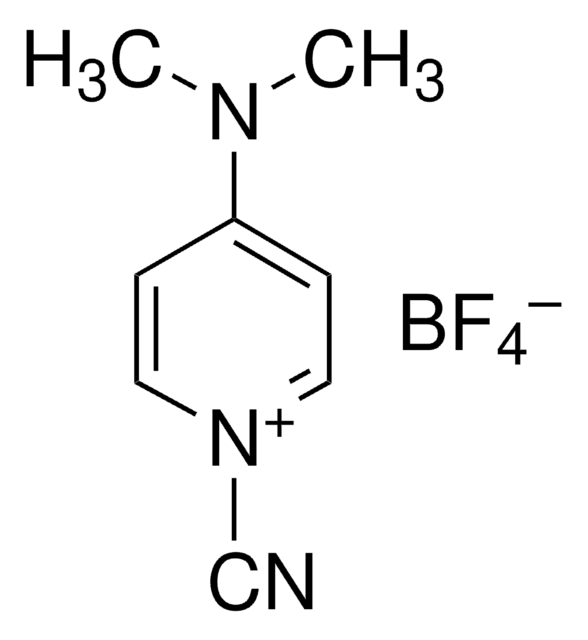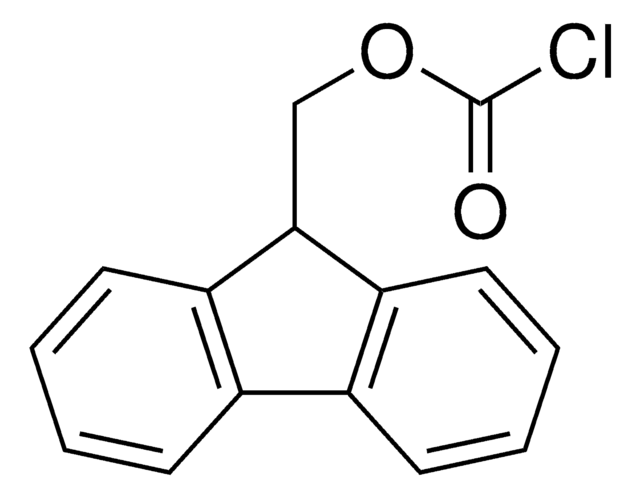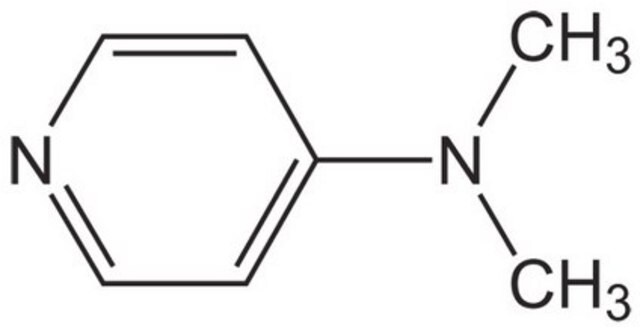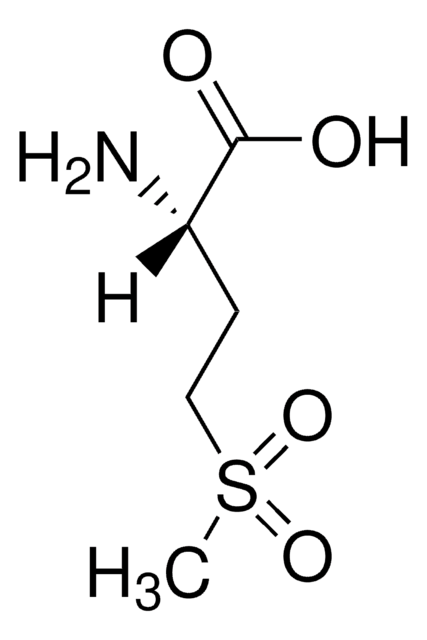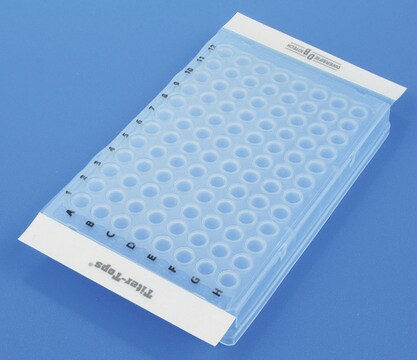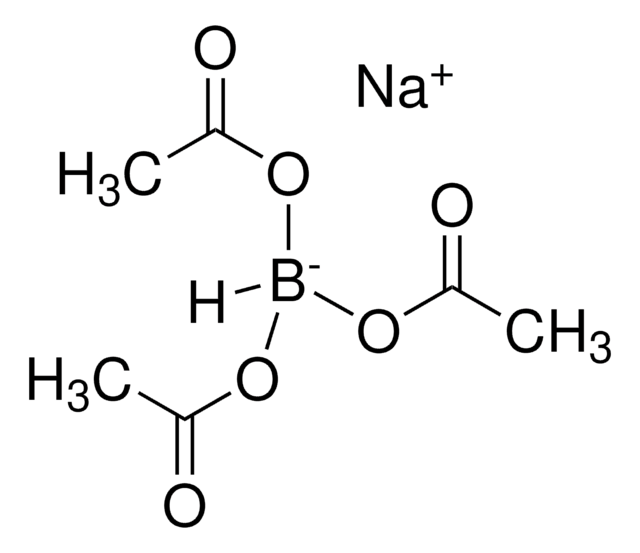C2776
Tetrafluoroborato de 1-ciano-dimetilaminopiridínio
organic cyanylating reagent
Sinônimo(s):
CDAP
About This Item
Produtos recomendados
Nível de qualidade
Formulário
powder
temperatura de armazenamento
−20°C
cadeia de caracteres SMILES
[F-].FB(F)F.CN(C)c1cc[n+](cc1)C#N
InChI
1S/C8H10N3.BF3.FH/c1-10(2)8-3-5-11(7-9)6-4-8;2-1(3)4;/h3-6H,1-2H3;;1H/q+1;;/p-1
chave InChI
ONCRRSYBEJHQMM-UHFFFAOYSA-M
Procurando produtos similares? Visita Guia de comparação de produtos
Descrição geral
Aplicação
Características e benefícios
- Easier to use.
- Can operate at lower pH levels.
- Fewer side reactions.
- Cyanogen Bromide is hazardous in nature.
Palavra indicadora
Warning
Frases de perigo
Declarações de precaução
Classificações de perigo
Eye Irrit. 2 - Skin Irrit. 2 - STOT SE 3
Órgãos-alvo
Respiratory system
Código de classe de armazenamento
11 - Combustible Solids
Classe de risco de água (WGK)
WGK 3
Ponto de fulgor (°F)
Not applicable
Ponto de fulgor (°C)
Not applicable
Equipamento de proteção individual
dust mask type N95 (US), Eyeshields, Gloves
Escolha uma das versões mais recentes:
Certificados de análise (COA)
Não está vendo a versão correta?
Se precisar de uma versão específica, você pode procurar um certificado específico pelo número do lote ou da remessa.
Já possui este produto?
Encontre a documentação dos produtos que você adquiriu recentemente na biblioteca de documentos.
Os clientes também visualizaram
Nossa equipe de cientistas tem experiência em todas as áreas de pesquisa, incluindo Life Sciences, ciência de materiais, síntese química, cromatografia, química analítica e muitas outras.
Entre em contato com a assistência técnica